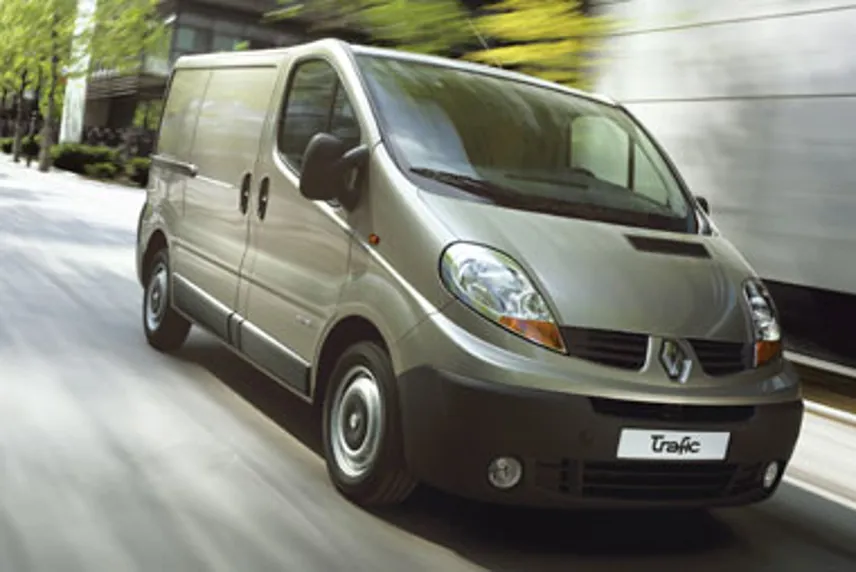Review
Renault has a plan – and Britain’s van fleets will play a crucial role in making it succeed.
The plan, agreed with Renault’s automotive guru Carlos Ghosn, defines the company’s growth until 2009.
He is not giving too much of it away, although to say the cornerstones of its success are quality, profitability and growth doesn’t spill the beans.
An important aspect of meeting the targets set behind closed doors will be the commercial vehicle division of Renault, as it now accounts for 20% of the firm’s business.
According to Bruno Morange, the vice-president of the firm’s LCV division, there will be a new drive for quality in Renault’s van range, with a particular focus on slashing vehicle off-road times and improving customer satisfaction.
In fact, it wants to be number one for customer satisfaction and vehicle off-road times when compared to its rivals in Europe.
This makes the new Renault Trafic a pretty important bit of kit for the firm, as it is the first step towards achieving the above goals.
The Trafic, which shares a platform with the Vauxhall Vivaro and Nissan Primastar, has sold 233,480 units since the first model appeared in 2001, with more than 79,000 shifted in 2005 across Europe.
So as it’s already popular, you can understand why the designers haven’t fiddled with a winning formula very much for this facelift.
From the outside, there are some mild tweaks to the grille, indicators and headlamps and that’s about it.
It is still an attractive vehicle and it avoids the move among the German brands to a more bold, brash and brutal appearance.
If anything, the front looks slightly more dainty.
Step inside and the cabin quality has taken a step upwards, with standard specification including a CD-player with remote control, ABS and electronic brakeforce distribution, remote central locking with deadlocking, alarm and immobiliser.
Options include emergency brake assist, deactivation of the (optional) passenger airbag, rear parking sensors, intelligent wipers and a three-button key.
There is also the option of a third key, particularly useful for fleets with pool vans or careless drivers.
There is plenty of storage space, cupholders and a load of storage space around the dashboard.
However, it is under the skin that Renault has made the most significant changes, with a Euro IV-compliant 2.0-litre diesel engine, available in two versions, 90bhp and 115bhp.
Both new engines come with a six-speed manual gearbox and the 115bhp version will shortly be available with an improved version of the Quickshift6 robotised transmission.
The 2.0 dCi engine replaces the 1.9-litre unit and offers more power and fuel-efficiency.
The 90bhp version is up from 80bhp in its current equivalent, with 177lb-ft of torque from 1,600rpm.
The 115bhp version is up from 100bhp in the current model and offers 214lb-ft of torque at 1,600rpm.
There will also be a 2.5-litre dCi with 150bhp and 236lb-ft of torque at 1,500rpm.
Buyers can choose from two wheelbases (3,098mm and 3,498mm), two roof heights (1.96m and 2.5m) and three bodystyles – panel van, platform cab and minibus.
Prices range from £13,950 for the SL27 dCi90 panel van to £20,100 for the Crew Van + LL29 dCi 150 with Quickshift gearbox (all prices ex-VAT).
















